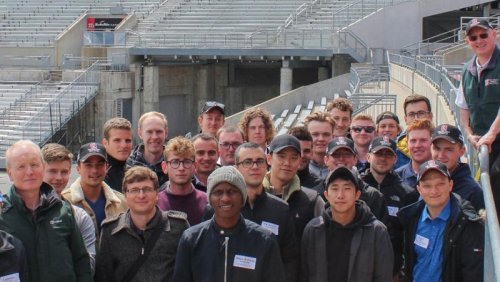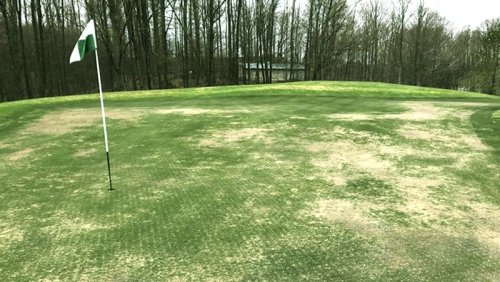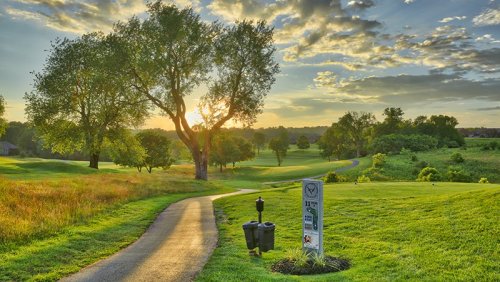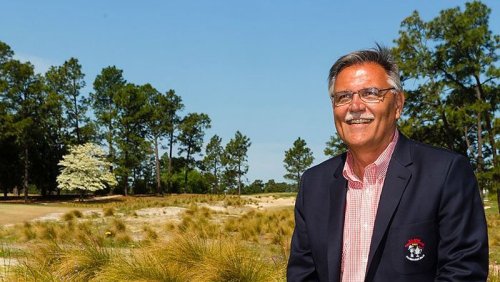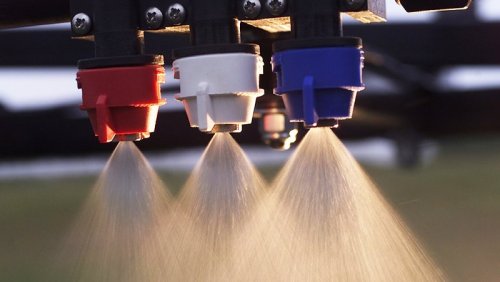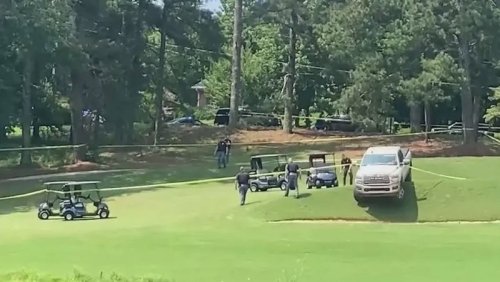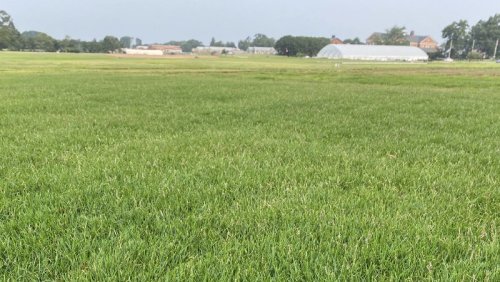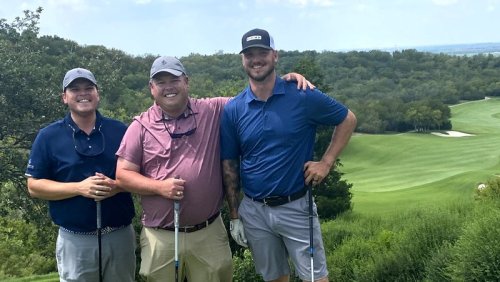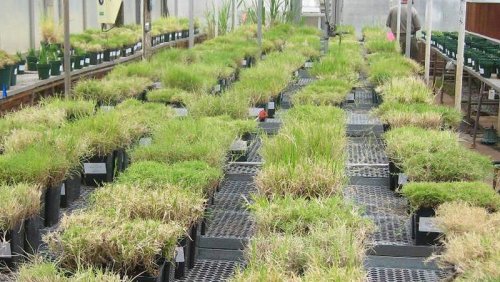

For more than a decade, Velocity herbicide from Nufarm was a standard bearer for control of Poa annua and Poa trivialis in cool- and warm-season turf on golf course tees and fairways. The next iteration, Velocity PM, will be available for use in March.
With the active ingredient bispyribac sodium, Velocity almost worked too well and was, in some respects, a victim of its own success. To that end, Scott McElroy, Ph.D., of Auburn University, once warned attendees at a past Northern California GCSA Assistant Superintendent Bootcamp that you better know how much Poa you have, or you might be in for a surprise.
With the same active ingredient as original Velocity SG, the new formulation, Velocity Poa Management, is a low-use-rate herbicide labeled for use on creeping bentgrass, perennial ryegrass, tall fescue and dormant Bermudagrass on golf course tees and fairways. It is a compatible tank mix partner with plant growth regulators, fertilizers and fungicides.
Keys to success when using Velocity PM, according to instructions, are to apply only to healthy turf when temperatures are between 60 and 90 degrees Fahrenheit in five applications of three-fourths ounce per acre every 14 days. It is best to avoid use within four hours of a predicted rain event.
With the original formulation of Velocity many superintendents, as well as homeowners and landscape operators who had underestimated the amount of Poa intrusion were left with barren dirt after using the herbicide.
Eventually, Velocity was taken out of production in 2018. Velocity's return was hinted at in a pre-GCSAA show news release, and more information about the comeback was available in Phoenix.
- Read more...
- 6,276 views

